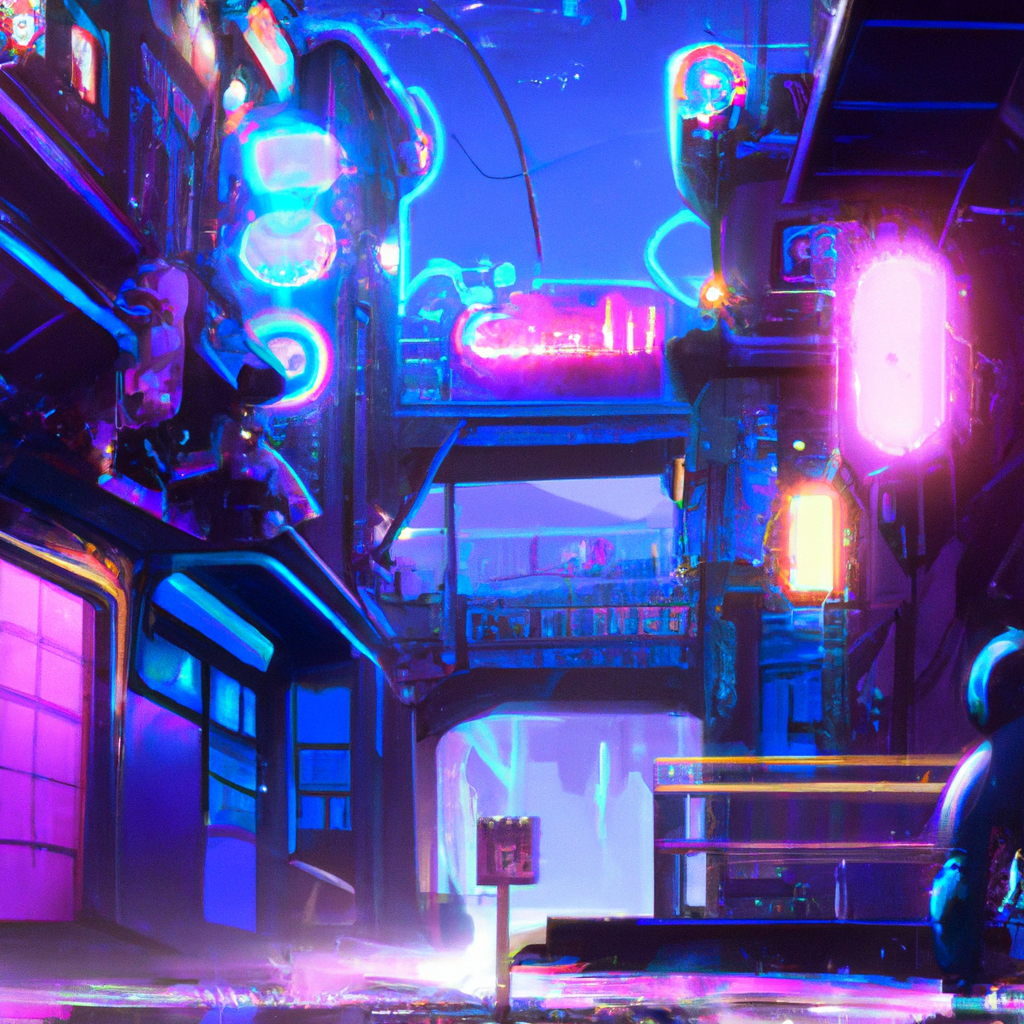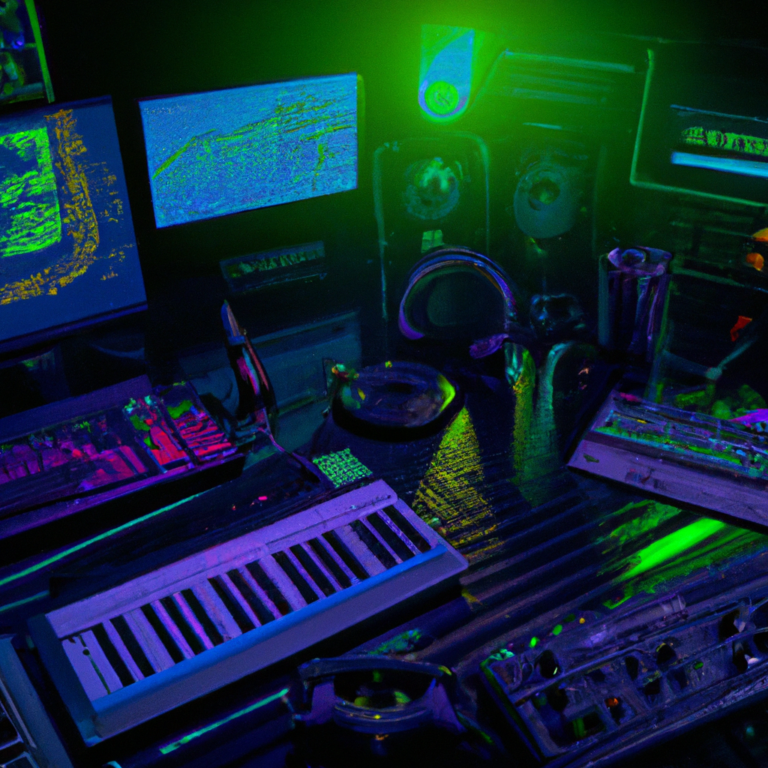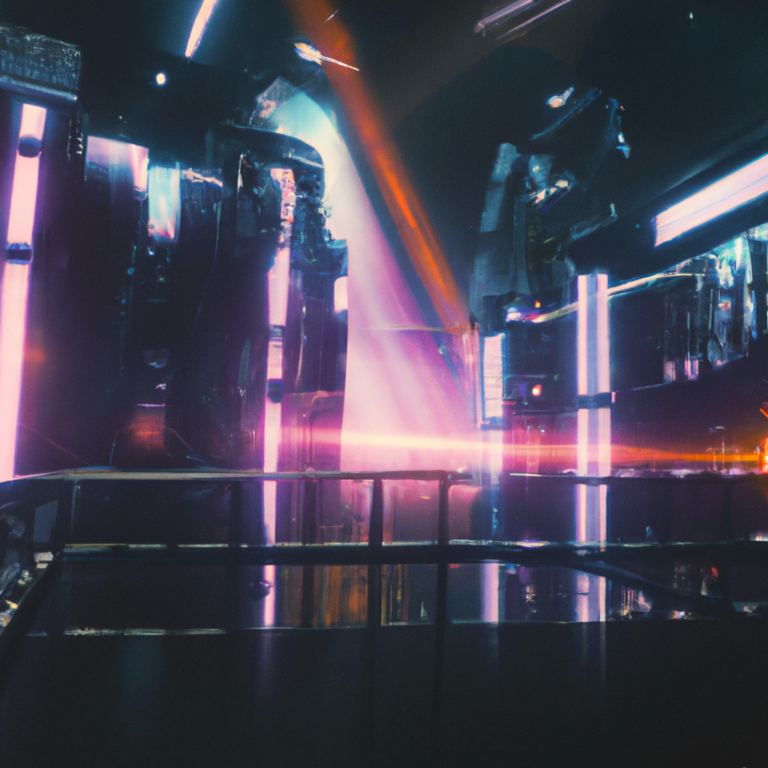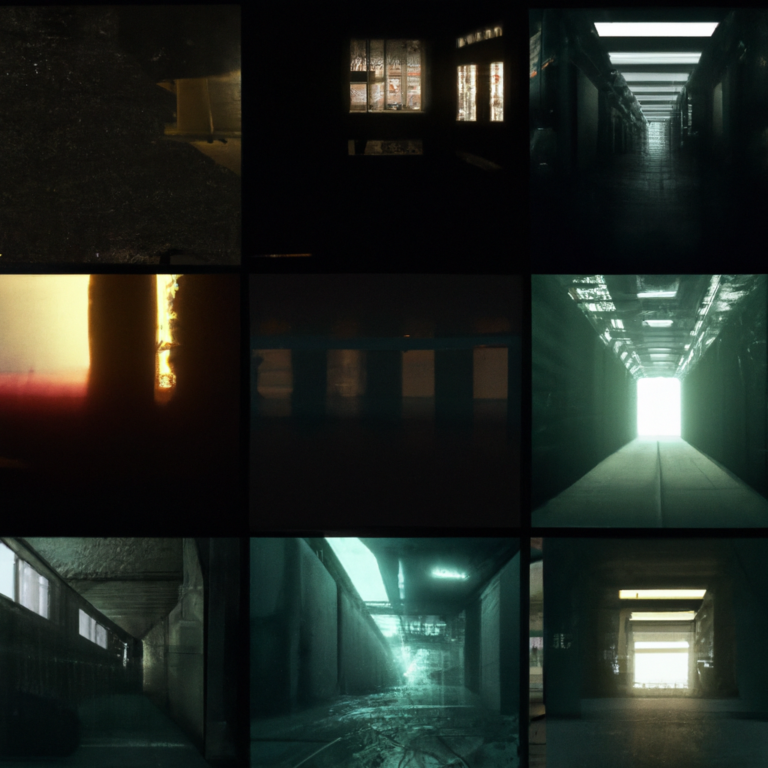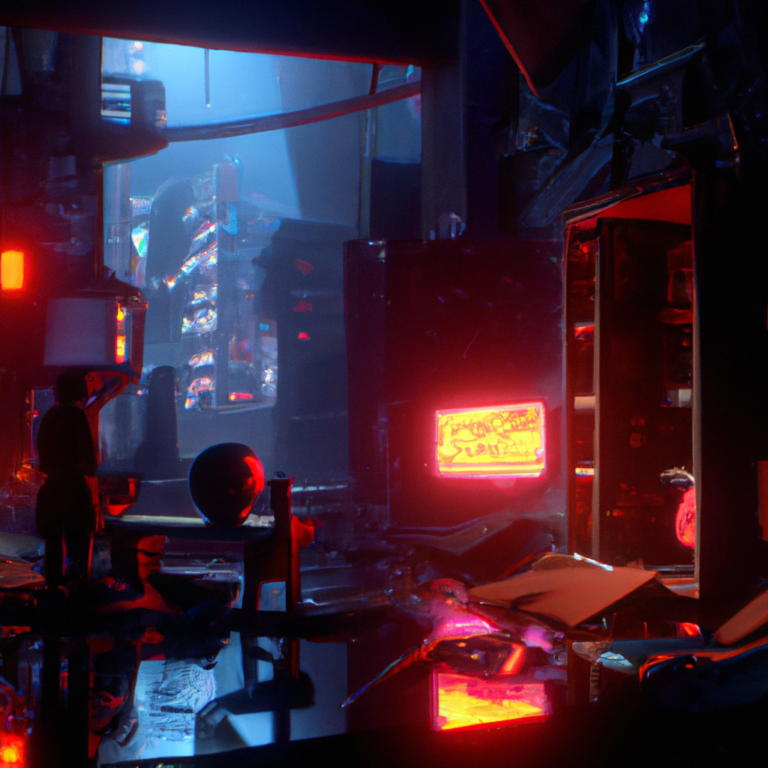“Mastering the Art of Game Physics: A Comprehensive Guide to Implementing Realistic Physics in Game Development”
Implementing realistic physics in game development is essential for creating an immersive gaming experience. Whether you’re developing a racing game, a first-person shooter, or a puzzle game, having accurate physics will make your game feel more believable and engaging. This blog post will provide a detailed guide on how to implement physics in your game development process, from choosing a physics engine to creating custom physics objects.
1. Choose a Physics Engine
A physics engine is a software component that handles the simulation of physical interactions between objects in a game. There are several physics engines available, each with its strengths and weaknesses, so it’s important to choose the one that best fits your needs. Some popular physics engines include:
– Unity Physics: Unity’s built-in physics engine, based on NVIDIA PhysX. This engine is well-suited for most game types and has a large user community.
– Unreal Engine’s PhysX: Similar to Unity Physics, Unreal Engine also utilizes NVIDIA PhysX for its built-in physics engine. It offers excellent performance and integration with the engine’s visual scripting tools.
– Bullet Physics: An open-source physics engine that works with various game engines, including Unity and Unreal Engine. It’s known for its stability and accuracy in complex simulations.
– Havok Physics: A commercial physics engine used in many AAA game titles. It provides robust performance and high-quality simulations but may be more expensive for small developers.
2. Understand Basic Physics Concepts
To implement physics in your game, it’s essential to understand basic physics concepts such as force, mass, gravity, friction, and collisions. These concepts will help you create realistic interactions between objects in your game.
– Force: A push or pull that can cause an object to accelerate or change its velocity.
– Mass: A measure of the amount of matter in an object.
– Gravity: The force that attracts two objects with mass towards each other.
– Friction: The force that opposes the motion of an object sliding or rolling over another object.
– Collisions: The interaction between two objects when they come into contact.
3. Apply Physics to Game Objects
Once you’ve chosen a physics engine and understand the basic principles, you can start applying physics to the objects in your game. Here are some common steps to follow:
– Create rigid bodies: A rigid body represents an object with mass and can be affected by forces and collisions. Attach rigid bodies to your game objects to make them interact with the physics engine.
– Set up colliders: Colliders define the shape of an object for the physics engine, allowing it to calculate collisions accurately. Add appropriate colliders to your game objects to detect when they come into contact with other objects.
– Apply forces: Use the physics engine’s API to apply forces to your game objects, such as gravity, friction, and user-input forces.
– Set up constraints: Constraints limit an object’s movement, rotation, or both. Use constraints to create realistic object interactions, like a door hinge or a vehicle’s wheels.
4. Optimize Your Physics Simulations
Achieving realistic physics in your game can be demanding on your system’s resources. To ensure smooth gameplay, it’s crucial to optimize your physics simulations. Here are some tips for optimization:
– Use simplified collision shapes: Complex collision shapes can slow down the physics simulation. Use simple shapes like boxes, spheres, and capsules whenever possible.
– Limit the number of active objects: Too many physics objects can cause performance issues. Deactivate objects that are not in the player’s view or are far away.
– Use layers and collision filtering: Organize your game objects into layers and use collision filtering to reduce unnecessary collision checks.
– Adjust the physics engine’s settings: Most physics engines allow you to tweak settings like simulation steps, solver iterations, and sleep threshold. Experiment with these settings to find the best performance for your game.
5. Test and Iterate
As with any aspect of game development, it’s important to test your physics implementation thoroughly. Play your game, observe how objects interact, and fine-tune their properties and behavior to achieve the desired level of realism.
In conclusion, implementing physics in your game development process can significantly enhance the player’s experience. By choosing the right physics engine, understanding fundamental physics concepts, applying physics to your game objects, optimizing simulations, and testing rigorously, you’ll create a more believable and enjoyable gameplay experience.

